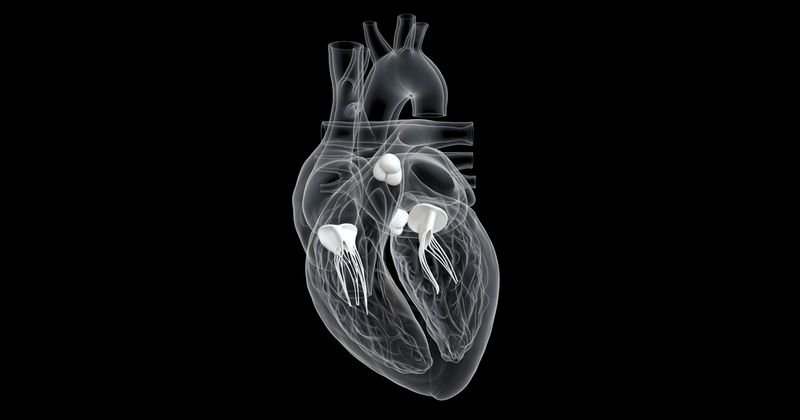TAVR site clustering may cause unintended consequences to care
The growth of transcatheter aortic valve replacement has led to a regional clustering of sites, with higher site density associated with both lower procedural risk and a higher risk for mortality, according to new research.
Javier A. Valle, MD, MSCS, of the Rocky Mountain Regional Veterans Affairs Medical Center, and colleagues conducted the study to determine the patterns of TAVR dissemination in the United States and their influence on outcomes. They used data from the Transcatheter Valvular Therapy (TVT) registry to identify TAVR sites from 2011 to 2018, and calculated drive times from existing to new sites. In a contemporary cohort, Valle and colleagues isolated the period of analysis from January 2015 through December 2017 and compared site and patient characteristics by annual case volume and density of sites per million Medicare beneficiaries.

The overall cohort included 143,992 patients from 559 sites, of which three sites and 153 patients were excluded, while the contemporary cohort featured 92,847 patients from 545 sites.
Convenience may come at cost
Findings indicated that TAVR sites participating in the TVT registry rose from 198 to 556 during the full study period, whereas median drive times decreased from 403 minutes to 26 minutes.
Results in the contemporary cohort showed that higher site density yielded lower procedural risk and an increased risk for 30-day risk adjusted mortality (P = .017). Furthermore, longitudinal increases in site density over time heightened the risk for 30-day (P = .011) and 1-year (P = .013) mortality.
The researchers noted that indications for TAVR continue to expand while minimum procedural volume requirements for programs are decreasing. “Whereas this can increase access to the procedure, close monitoring of clinical outcomes is necessary to ensure quality,” they wrote. “The relationships among policies governing the dissemination of novel procedures, procedural volume and clinical outcomes require further study.”
Upcoming quality analyses

In an accompanying editorial, Cardiology Today Editorial Board Member David R. Holmes, Jr., MD, the Scripps Professor in Cardiovascular Medicine in honor of Dr. George Gura at Mayo Clinic, Rochester, Minnesota, and D. Craig Miller, MD, professor of cardiothoracic surgery at Stanford University Medical School, wrote that these findings confirm that the well-intended dispersion of TAVR has been problematic and has not lived up to expectations.
“Although original site selection criteria were determined on the basis of PCI and aortic valve replacement and then subsequently TAVR case volumes, these criteria were a surrogate for quality,” Holmes and Miller wrote. “Currently the TVT Registry provides solid in-hospital and 30-day outcome data and soon will report the important 1-year alive and ‘well’ endpoint data that can be used as quality benchmarks. As initially conceived, these 1-year results will be used by the CMS to determine which centers should continue to be reimbursed for TAVR. This quality analysis may ultimately reduce the number of TAVR centers and rectify the disparity in outcomes among sites identified by Valle et al.”
